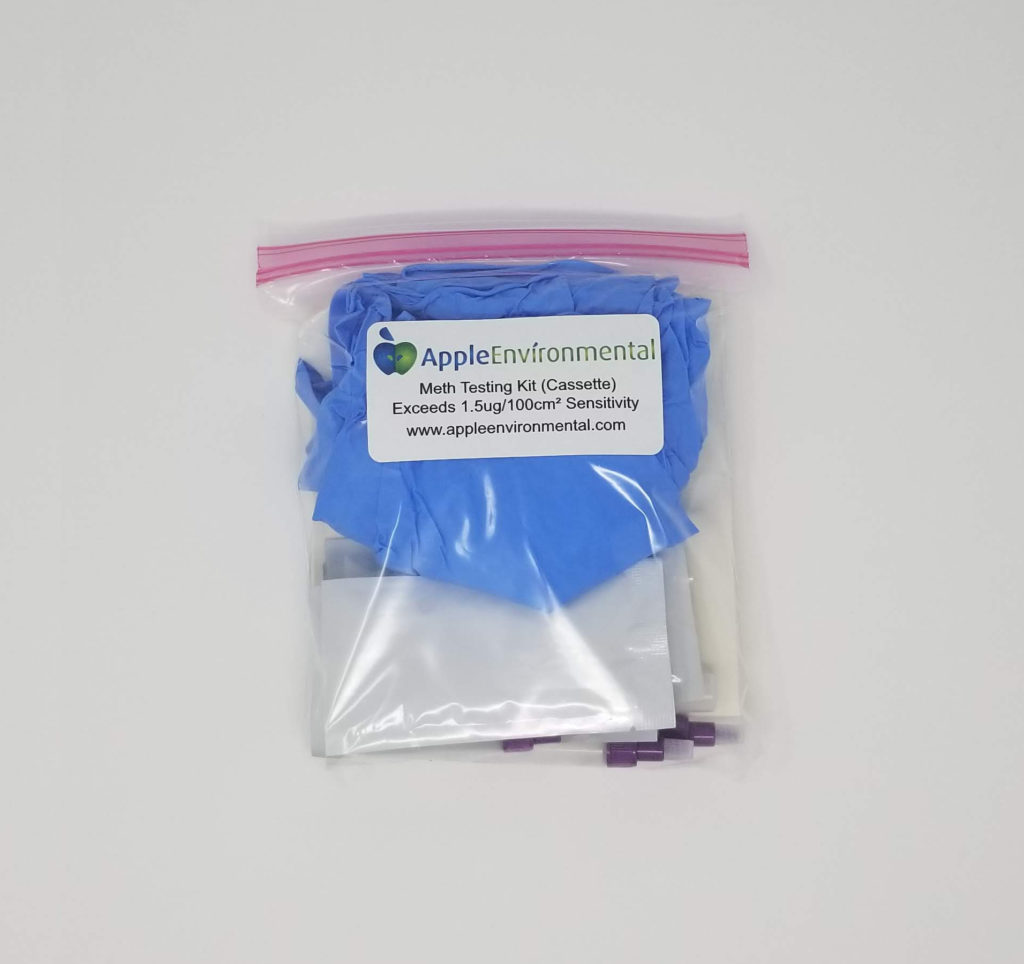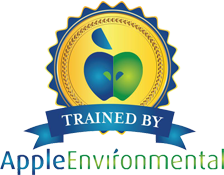
EUGENE, Ore. – Jim Roles rattles off chemical names – a list of toxins left behind in homes where meth has been smoked.
Not made – just smoked.
“Red phosphorous, ephedrine, hydrochloric or muriatic acid, sodium hydroxide,” the building inspector with First Strike Environmental says.
You can’t see the residue.
“It’s basically invisible,” Roles says.
So what happens when you buy a home or move into a new rental and the past resident smoked meth?
Strict regulations on key ingredients in methamphetamine have cut down on the number of meth labs in Oregon.
But the meth problem has stuck around – literally.
If meth is smoked even once in a home, you’ll find traces throughout the house.
And it stays there unless it’s properly clean.
So how do you know if those dangerous toxins are inside your home or the new place you’re looking to move to?
Experts say you don’t – and that’s a problem.
“Many of the chemicals from both meth production and meth use are absorbable through the skin,” said Dr. Patrick Luedtke, senior public health officer with Lane County. They get right away into those blood vessels that are right beneath the surface of the skin.”
A baby crawling on the floor could potentially ingest enough to get high.
A study conducted out of Colorado by the National Jewish Medical and Research Center noted that the health impacts of exposure to meth on children are relatively unknown.
“We don’t know the effects on long terms in kids of 1 of 5 or 10 exposures,” Luedtke said. “We know pretty clearly from other exposures; you can permanently stunt the size of a kids lungs by exposure to certain things. They’ll never be a marathon runner just because they were exposed to high levels of tobacco for a certain number of years in their life. It may be the same with high levels of other chemicals.”
Exposure to the hazardous chemical residue is less when comparing smoking meth in a home with manufacturing the drug.
But when a meth user moves out, the substance left behind – so-called “third-hand exposure” – remain until they can be removed.
“Some of that re-crystallized meth will be on the carpet; it will be on drapes, it will be on – fill in the blank,” Luedtke said.
Then it hides in every nook and cranny – even your appliances.
“There’s just too many places on a refrigerator, underneath the cooling fins, the insulation on the back of it,” Roles said. “You just can’t clean that.”
The study also says no published papers were found that mentioned how a child’s health could be at risk due to surface contamination.
The only reports found mentioned only meth labs.
The State of Oregon has no statutes on meth use in a home.
If meth has been used in a residence, unlike if it was a meth lab, which requires a professional cleanup, no action is required.
So if you buy a home or rent, the only way to know whether there’s meth residue is to get the place tested.
“It can range from $1,200 to $1,500,” Roles said, “to over $5,000.”
Roles said the threat doesn’t just exist in your home, that hotel room you booked for your family, may be contaminated as well.
So on your next vacation, how will you know if there’s meth residue in the room?
You won’t.
“That’s a question that will probably never get answered because nobody is ever going to test every motel room after every guest moves out,” Roles said.
So what’s the danger to you?
To know that, there would need to be statistics. And stats are hard to come by because meth users try to stay under the radar.
Luedtke said that in most cases, the levels of meth for third-hand exposure are low enough that our bodies can handle it by passing the toxins through the liver.
To protect yourself before buying or renting your next home, order your meth kit for as low as $25..








